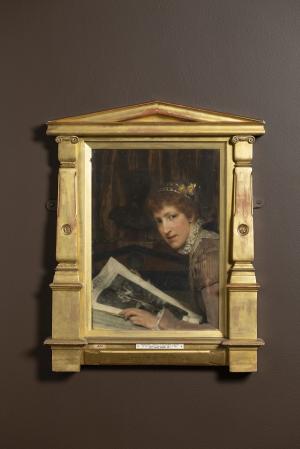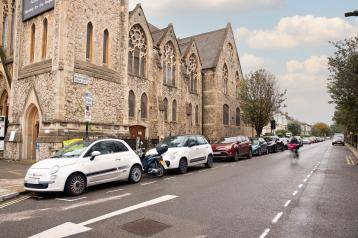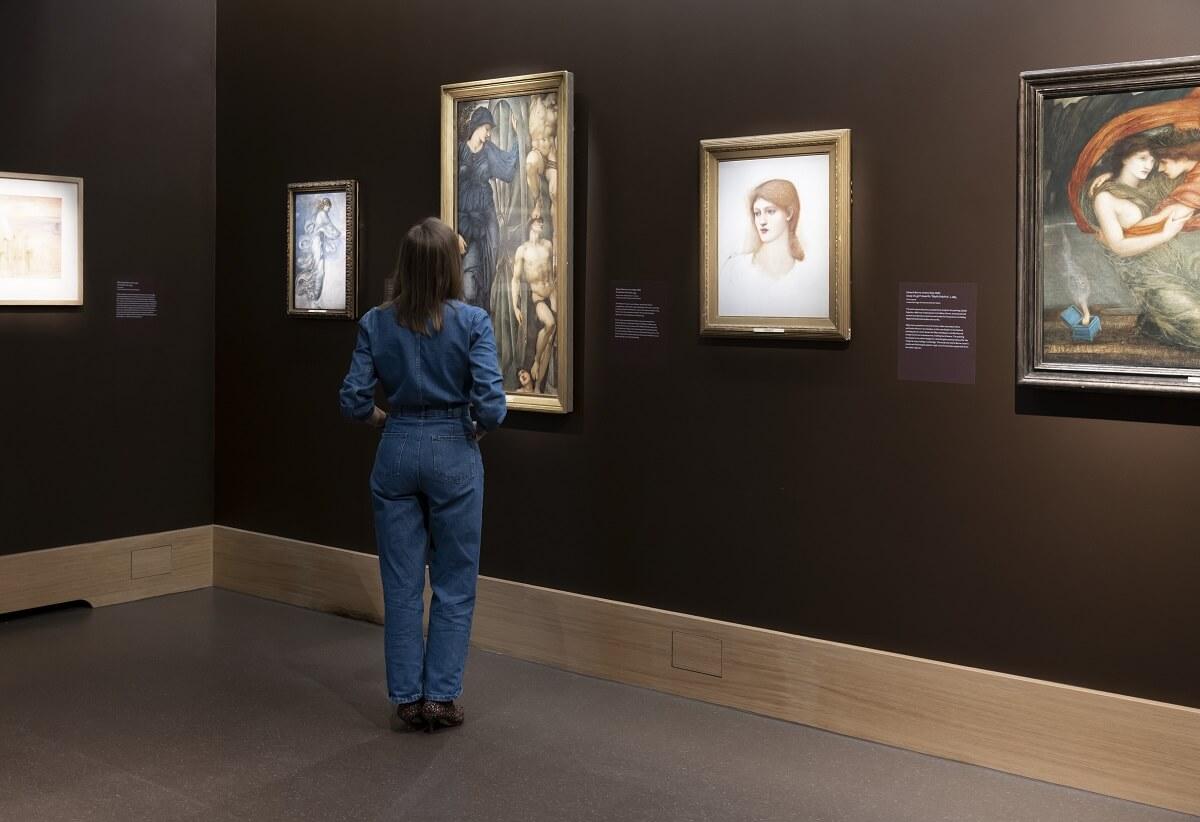
A new exhibition at the Leighton House museum will exhibit 21 Victorian-era paintings from the collection of Hammersmith & Fulham Council.
The works are part of H&F's larger Cecil French Collection – a bequest from the artist and collector Cecil French (1879 to 1953) after his death.
The exhibition – titled Victorian Treasures from the Cecil French Bequest – showcases a curated selection of paintings and drawings by Victorian masters. It places the artworks in context, exploring French as a collector during an unsettling time where Victorian art completely fell out of fashion.
Cllr Andrew Jones, H&F Cabinet Member for The Economy, said: "Showcasing work from our Cecil French Collection at Leighton House is a major milestone toward our aim to make these astounding pieces of art available to both H&F residents and the wider public.
"It also brings us closer to our long-term aspiration for the collection to be permanently on display in our borough."
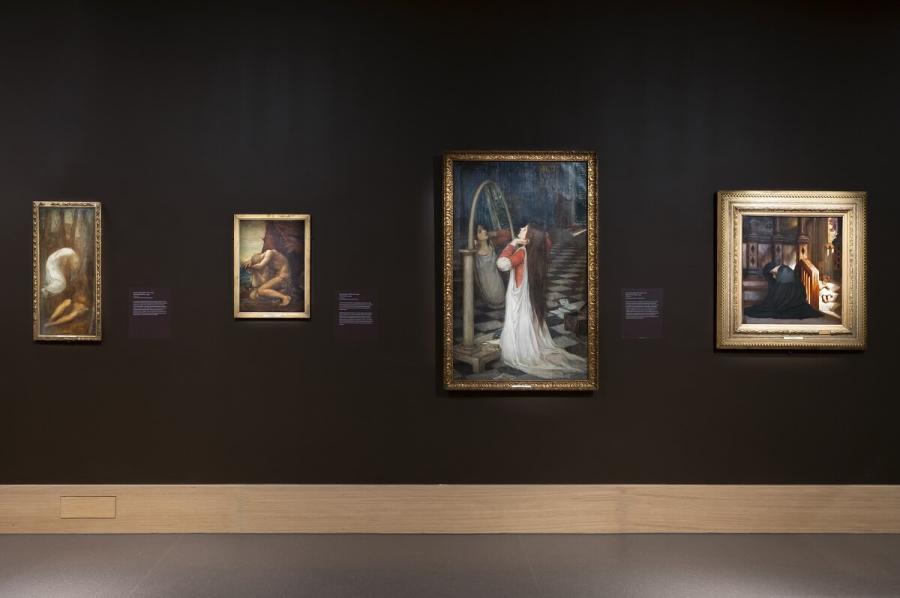
What's on show?
At the centre of the exhibition are seven paintings by Edward Burne-Jones (1833 to 1898), who lived in a remarkable studio-home called The Grange in North End Road, Fulham.
It's this local connection which resulted in 52 artworks of French's collection being donated to H&F Council – some rarely seen before.
Highlights include The Wheel of Fortune (1875), one of Burne-Jones's best-known compositions. At least seven versions of the same subject exist, the last of which was a large-scale oil painting currently at the Musée D'Orsay, Paris. The version in the exhibition was produced around the same time Burne-Jones began working on the 1883 oil painting.
The exhibition also includes the work Apricots (1866) by Albert Moore (1841 to 1893). It's one of the artist's earliest paintings in the Aesthetic style, an artistic movement in the late nineteenth century promoting 'art for art's sake'.
Moore exhibited Apricots alongside another aesthetic painting, Pomegranates, at the Royal Academy in 1866. Cecil French later acquired both paintings, reuniting them in his collection. (Pomegranates is now in the Guildhall Art Gallery).
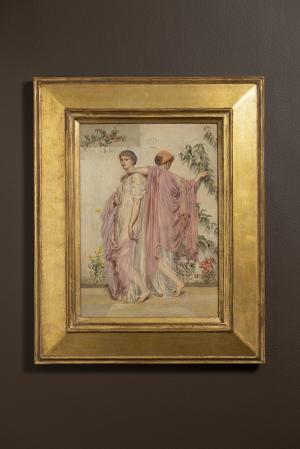
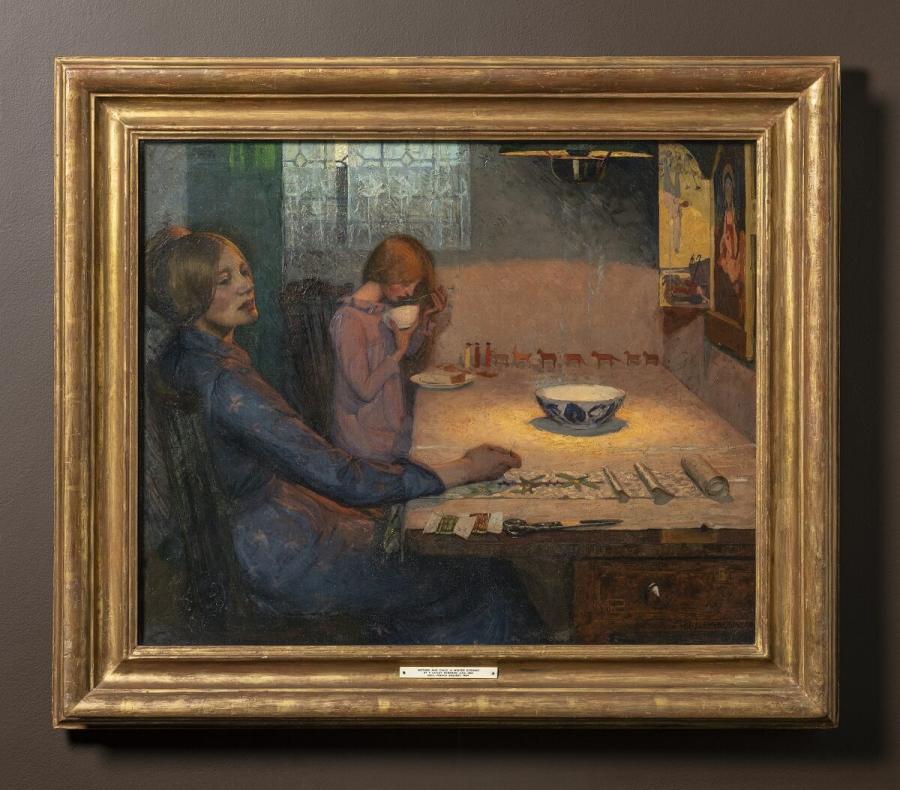
Who was Cecil French?
Cecil French (1879 to 1953) was an artist, poet, and collector. He trained as a painter, attending first the Royal Academy schools, then artist Hubert von Herkomer's school in Bushey.
After completing his studies, he exhibited a small number of pictures and published two books of poetry, but it was as a collector that he appears to have found his real vocation.
Born in Dublin in 1879, French lived through a period of huge change, witnessing for himself the rapid decline in the popularity of Victorian art.
When he died in 1953, French bequeathed his collection of 153 paintings and drawings to the public. Hammersmith & Fulham Council received the 52 works, which include 25 by Edward Burne-Jones.
Visit the exhibition
The Victorian Treasures from the Cecil French Bequest exhibition runs until 25 February 2024 at Leighton House.
For times, tickets and more details, visit the Kensington and Chelsea Museums website.
